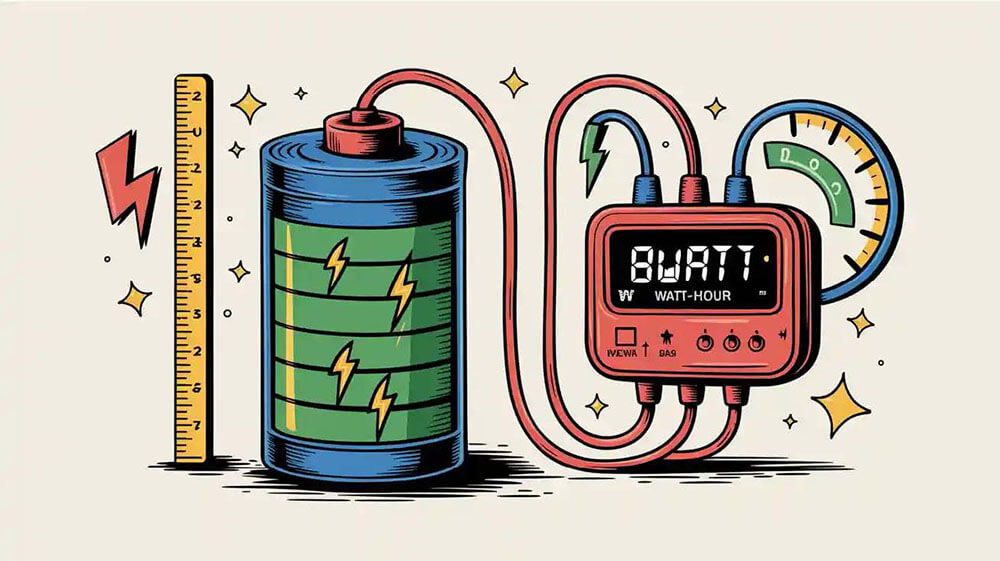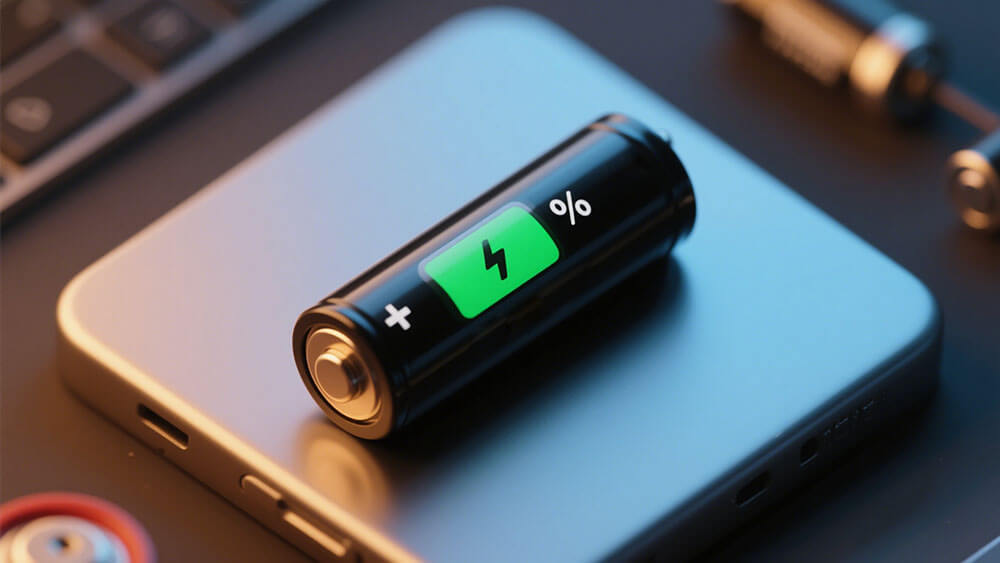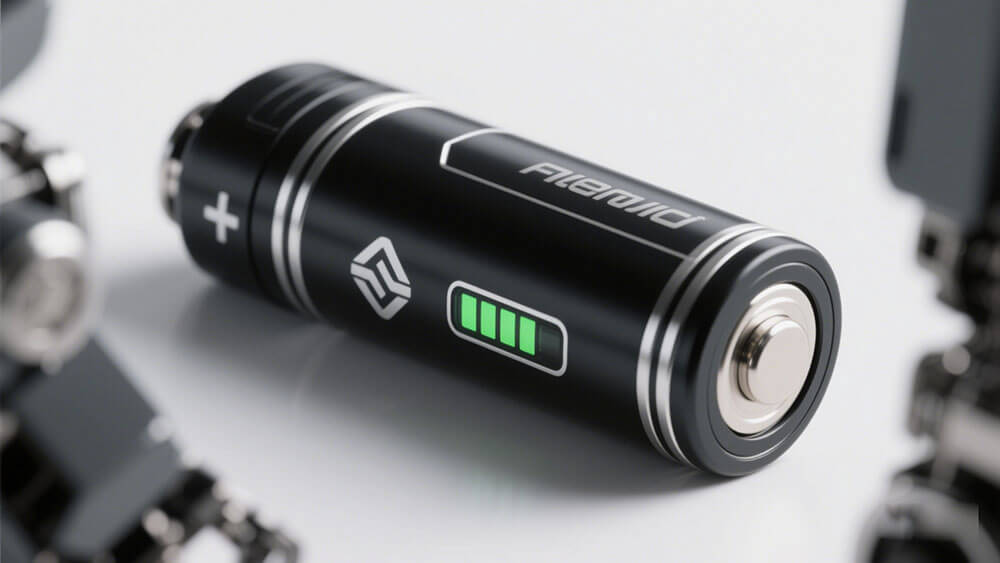Contents

When evaluating a battery, you often encounter two critical terms: Watts and watt hours in battery performance. Watts measure the rate of power consumption or delivery, while watt hours indicate the total energy stored or used over time. Understanding these metrics helps you assess how effectively a battery powers devices and how much energy it can store for future use.
Key Takeaways
Watts show how much power a device uses. Knowing watts helps you pick a battery that works without breaking.
Watt-hours tell how much energy a battery holds. This helps you guess how long the battery can run your devices.
Learning about watts and watt-hours is important for choosing batteries. Use watts for quick power needs and watt-hours for total energy storage.

Part 1: Understanding Watts in Battery Systems
1.1 What Are Watts?
Watts measure the rate at which energy is used or produced. In simple terms, a watt quantifies how much power a device consumes or a battery delivers at any given moment. For example, a 60-watt light bulb uses 60 watts of power while it is on. This unit of measurement helps you understand the immediate energy demand of your devices.
In battery systems, watts indicate how much power the battery can supply to connected devices. A higher watt rating means the battery can handle more power-intensive devices. This makes watts essential for evaluating whether a battery can meet the energy needs of your equipment from Large Power.
1.2 How to Calculate Watts in a Battery
You can calculate watts using a simple formula:
Watts = Volts × Amps
For instance, if a battery operates at 12 volts and delivers 10 amps, it provides 120 watts of power. This calculation helps you determine the power output of your battery. It also allows you to match the battery’s capacity with the power requirements of your devices.
1.3 Role of Watts in Powering Devices
Watts play a critical role in ensuring your devices function properly. Devices with higher power demands require batteries capable of delivering sufficient watts. For example, a laptop may need 65 watts, while a smartphone charger might only require 5 watts. Understanding the wattage of your devices helps you select the right battery for your needs.
By knowing the watt rating of your battery, you can avoid overloading it and ensure efficient energy usage. This knowledge also helps you optimize the performance of your devices and extend the lifespan of your battery.

Part 2: Understanding Watt-Hours in Battery Systems
2.1 What Are Watt-Hours?
A watt-hour measures the total energy a battery can store or deliver over time. Unlike watts, which indicate the rate of power usage, watt-hours focus on the cumulative energy available. For instance, a battery rated at 100 watt-hours can provide 100 watts of power for one hour or 50 watts for two hours. This metric helps you understand how long a battery can sustain your devices.
Watt-hours are essential for comparing batteries with different voltage levels. They provide a standardized way to evaluate energy capacity, ensuring you can make informed decisions when selecting a battery for your needs.
2.2 How to Calculate the Watt Hours of a Battery
To calculate the watt hours of a battery, use the formula:
Watt-Hours = Volts × Amp-Hours
For example, if a battery operates at 12 volts and has a capacity of 10 amp-hours, its energy capacity is:12 Volts × 10 Amp-Hours = 120 Watt-Hours
This calculation helps you determine how much energy the battery can store. It also allows you to estimate how long the battery can power your devices based on their wattage requirements.
2.3 Importance of Watt-Hours in Battery Capacity
Watt-hours play a critical role in assessing battery performance. They combine current and voltage to provide a complete picture of the energy a battery can store. This is especially important when comparing batteries with different voltage levels. Watt-hours quantify the total energy available, directly influencing the battery’s performance and potential output.
Understanding watt-hours helps you match a battery’s capacity with your energy needs. For example, if your device requires 50 watts to operate, a 200 watt-hour battery can power it for approximately four hours. This knowledge ensures you select a battery that meets your requirements, avoiding underperformance or overinvestment.
Tip: Always check the watt-hour rating when evaluating batteries. It provides a reliable measure of energy capacity, helping you make better purchasing decisions.

Part 3: Watt vs Watt Hour: Key Differences and Applications
3.1 Difference Between Watts and Watt-Hours
Understanding the difference between watts and watt-hours is crucial when evaluating battery performance. Watts measure the rate of power consumption or delivery at a specific moment. In contrast, watt-hours quantify the total energy consumed or stored over time. This distinction helps you assess both the immediate power needs of your devices and the overall energy capacity of a battery.
For example, a 60-watt light bulb consumes 60 watts of power while it is on. If the same bulb runs for one hour, it uses 60 watt-hours of energy. This means watts indicate how fast energy is being used, while watt-hours show how much energy has been used or stored.
When selecting a battery, you need to consider both metrics. Watts help you determine if the battery can handle the power demands of your devices. Watt-hours, on the other hand, tell you how long the battery can sustain those devices. This dual understanding ensures you choose a battery that meets your specific requirements.
Tip: Always check both the watt and watt-hour ratings of a battery. This ensures compatibility with your devices and provides a clear picture of its energy capacity.
3.2 Quick Reference Table: Watts and Watt Hours in Battery
To simplify the comparison between watts and watt-hours, refer to the table below. It highlights their definitions, examples, and key differences:
Metric | Definition | Example Usage |
|---|---|---|
Watts (W) | Measures the rate of power consumption or generation | A light bulb consumes 60 watts of power. |
Watt-hours (Wh) | Quantifies total energy consumed or stored over time | A 60-watt bulb running for 1 hour uses 60 Wh. |
Comparison | Watts indicate speed of energy use; watt-hours indicate total energy capacity | A device using 10 watts for 6 hours consumes 60 Wh. |
This table provides a quick overview of the difference between watts and watt-hours. Use it as a reference when evaluating battery specifications or calculating energy needs.
3.3 Why Understanding This Distinction Matters for Batteries
Grasping the difference between watts and watt-hours is essential for making informed decisions about batteries. Watts help you determine if a battery can power your devices without overloading. Watt-hours, however, allow you to calculate the battery’s energy capacity and estimate how long it will last.
For instance, if your device requires 20 watts to operate, a battery with a capacity of 200 watt-hours can power it for approximately 10 hours. This understanding helps you avoid underestimating your energy needs or overinvesting in a battery with excessive capacity.
The distinction also plays a critical role in practical applications of watts and watt-hours in batteries. For example, when you calculate the watt hours of a battery, you can accurately plan for energy storage and usage. Similarly, knowing the wattage of your devices ensures you select a battery that can handle their power demands.
By mastering these concepts, you can optimize battery performance, extend its lifespan, and ensure reliable operation of your devices. This knowledge is especially valuable for industries that rely on batteries for critical operations, such as renewable energy systems or portable electronics.
Note: Understanding watts and watt-hours in battery systems is not just technical jargon. It is a practical skill that empowers you to make smarter energy decisions.

Part 4: Practical Applications of Watts and Watt-Hours in Batteries
4.1 Using Watt-Hours to Calculate Battery Capacity
Understanding how to calculate the watt hours of a battery is essential for determining its energy capacity. This knowledge allows you to estimate how long a battery can power your devices, ensuring you make informed decisions when selecting one for your needs.
To calculate the watt-hour of a battery, you multiply its voltage by its amp-hours. For example, if a battery operates at 12 volts and has a capacity of 20 amp-hours, its total energy capacity is 240 watt-hours. This means the battery can deliver 240 watts of power for one hour or 120 watts for two hours.
This calculation is particularly useful when comparing batteries with different voltage or amp-hour ratings. It provides a standardized measure of energy capacity, helping you evaluate which battery best suits your requirements. For instance, if your device requires 50 watts to operate, a 200 watt-hour battery can power it for approximately four hours.
4.2 Estimating Device Power Needs with Watts
Knowing the power requirements of electronic devices is crucial for selecting the right battery. Watts measure the rate at which a device consumes energy, helping you determine if a battery can handle its power demands.
To estimate the power needs of your devices, check their wattage ratings. For example, a laptop may require 65 watts, while a smartphone charger might only need 5 watts. Add up the wattage of all devices you plan to power simultaneously to calculate the total power demand.
Once you know the total wattage, compare it to the battery’s watt rating. Ensure the battery can deliver enough power without overloading. For instance, if your devices require 100 watts, choose a battery capable of supplying at least that amount.
Note: Understanding the difference between watts and watt-hours is key to making accurate calculations. While watts indicate the immediate power demand, watt-hours help you estimate how long a battery can sustain that demand.
By mastering these concepts, you can optimize battery performance and ensure reliable operation of your devices. This knowledge is especially valuable for applications like renewable energy systems, portable electronics, and emergency power backups.
Understanding the difference between watts and watt-hours is crucial for making informed battery-related decisions. Watts measure the instantaneous power demand, while watt-hours quantify cumulative energy usage over time. These concepts help you analyze electricity consumption and optimize energy efficiency.
A watt-hour (Wh) represents a unit of energy.
A watt (W) measures the rate of power usage.
Watts focus on immediate demand, whereas watt-hours reflect total energy over time.
For B2B clients, leveraging watt-hours aids in capacity planning, ensuring batteries meet operational needs. Similarly, understanding watts helps you align power demand with device requirements. By mastering these metrics, you can enhance energy management and make smarter investments.
Tip: Use watt-hours to estimate battery runtime and watts to evaluate device compatibility. This dual approach ensures optimal performance and cost efficiency.
FAQ
1. How do watts and watt-hours affect battery selection?
Watts determine if a battery can power your devices. Watt-hours indicate how long it can sustain them. Both metrics guide you in choosing the right battery.
Tip: For professional guidance on watts and watt-hours, visit Large Power.
2. Can you convert watt-hours to watts?
Yes, divide watt-hours by the number of hours the device operates. For example, 100 watt-hours over 2 hours equals 50 watts of power.
Tip: Always check device runtime to ensure accurate calculations.
3. Why are watt-hours important for portable devices?
Watt-hours measure energy storage. They help you estimate how long portable devices like laptops or power banks will last before needing a recharge.
Emoji Insight: 🔋 Watt-hours = Battery life!





